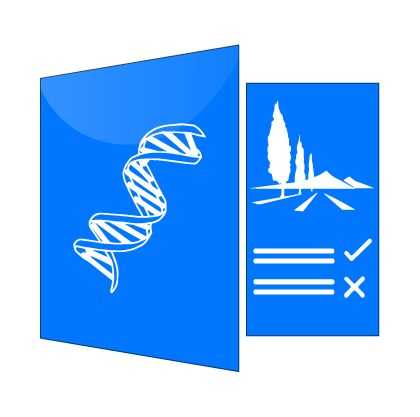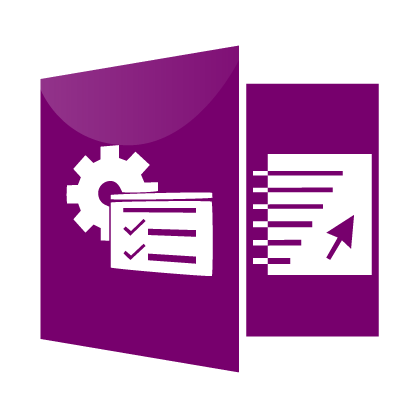Land Resources Planning Toolbox
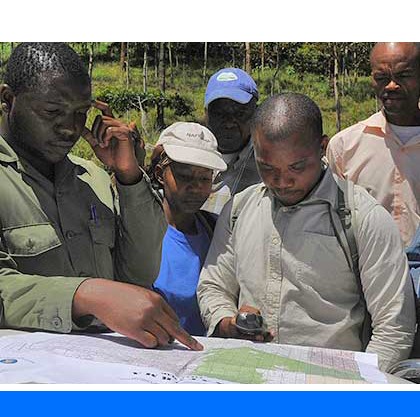
This category of tools gives prominence to biophysical attributes (climate, soil, terrain, water, etc.) and their interactions in the land evaluation process. The output, in most cases, guides the users to suitable options for land use alternatives, based mainly on biophysical attributes. Land suitability and similarity analysis are typical examples. Documents describing principles, approaches and guidelines for land evaluation are included, as well as different tools for classifying soils based on the suitability for a specific use, capability or potential, fertility constraints and management and linkages to yield, productivity, physical and chemical properties. Sophisticated or simplified modelling of crop growth and yield predictions, also fall into this category.
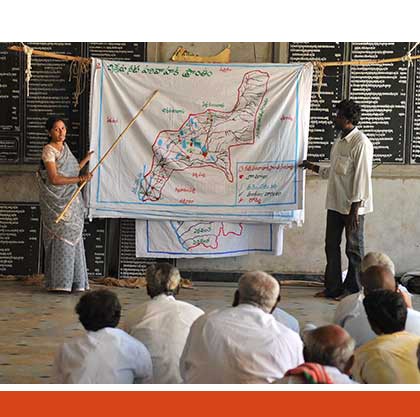
The tools in this category use as inputs information on both biophysical characteristics and social and economic conditions and generally incorporate principles, approaches and methods of participatory land use planning, with the overall objective of reaching mutually beneficial outcomes for all stakeholders.

The tools in this category give prominence to the characterization of social and economic settings required for land use planning and includes approaches and methods of participatory decision-making. Biophysical conditions may be considered in these tools, but not in depth.
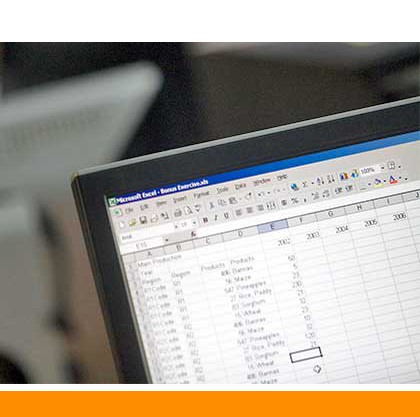
This category includes databases that can facilitate land evaluation and land use planning by providing information that may serve as inputs for the process. These databases provide maps and data on soil and terrain characteristics, land degradation, land cover, land use, climatic data including future projections, crops and yields, food, agriculture, water resources, adaptability/suitability of identified plant species for a given environment, and socio-economic data and statistics on poverty, population, tenure and gender.

This category of tools do not produce results that have direct use for land evaluation and land use planning, but has a supporting role by providing various types of data that can be used in land evaluation studies and as input data sets for land use planning.
